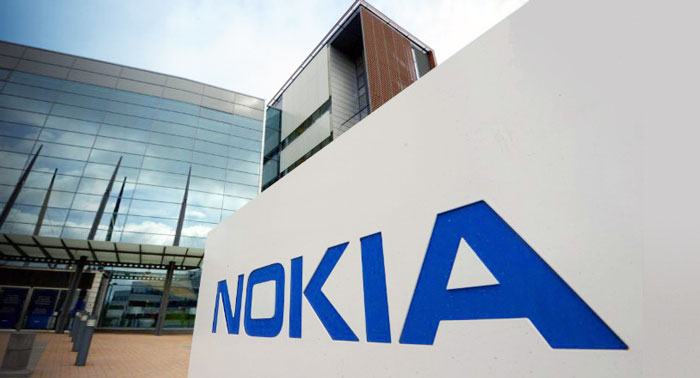SAN FRANCISCO – Gary Schaffer looked out his window here last week to discover a reporter standing on his lawn, pirating his wireless Internet access to test a new cellphone.
The phone, made by Belkin, is one of several new mobile devices that allow users to make free or low-cost phone calls over the Internet. They are designed to take advantage of the hundreds of thousands of wireless access points deployed in cafés, parks, businesses and, most important, homes.
The technology’s advocates say that as long as people are paying for high- speed Wi-Fi access in their homes, they should be able to use it as a conduit for inexpensive calls and an alternative to traditional phone service.
But in a twist that raises some tricky ethical and legal questions, the phones can also be used on the go, piggybacking on whatever access points happen to be open and available, like that of Schaffer.
Schaffer, a retired business teacher, seemed affably cautious about the idea of having his bandwidth borrowed.
«If you’re a friend, I’d say, ‘Let’s give it a try.’ If you’re a stranger, probably not, unless you had to make an emergency call,» he said.
The call made from Schaffer’s lawn went through but was quickly disconnected, apparently because of a weak signal. Schaffer did not seem to feel he owed any apology for the spotty coverage, though he did express concern for the person on the other end of the line.
«I know what it’s like to have a call dropped,» he said.
For all its limitations, the technology is starting to emerge commercially, with companies like Vonage, Skype and T-Mobile now selling or supporting mobile devices that use Wi-Fi networks.
In some cases, the voice service is free. A Belkin phone that works with the Skype calling service costs about $180; calls to Skype users on computers are free, as are outgoing calls to domestic phone numbers, at least through the end of the year. Incoming calls from phones cost extra. Vonage charges $90 for a phone and $15 a month for 500 minutes of talk time.
One big hurdle is that the Wi-Fi radio frequency spectrum is unlicensed and not maintained by any one company, so call quality can be unreliable. Moving a few yards can require finding a new network to connect to. In other words, when you place free or low-cost calls – especially on a stranger’s network – you sometimes get what you pay for.
«There are a lot of dropped calls,» said Roger Entner, a telecommunications industry analyst with Ovum Research.
But he notes that the new technology has at least one impressive ability: getting people to appreciate their old-fashioned cellular service.
«Everybody who tries a Wi-Fi phone will get down on their knees and thank the wireless phone people for the good job they’ve done on coverage,» he said.
Wi-Fi is also a power- hungry technology that can cause phone batteries to die quickly, in some cases, within an hour or two of talk time.
«When you turn on the Wi-Fi, it does bring the battery life down,» said Mike Hendrick, director of product development for T-Mobile. But he added that the technology is improving rapidly.
T-Mobile is letting some customers in Seattle participate in a test of phones that can switch between its mobile network and Wi-Fi. The company is betting that this flexibility will come in handy if the customer is out of the network’s reach, offering another way to get online and stay connected.
More generally, the technology could threaten the dominance of traditional telecommunications networks by giving people an alternative pipe for their voice and data transmissions.
Although some carriers aren’t convinced that the technology is ready for the market, Hendrick said the new phones were good enough to provide an alternative.
«If you can’t get access because you’re buried in the basement of a metal-encased building, you can go to an open wireless network,» he said.
Or it could be useful, he added, «if you’re out in the suburbs, in the basement, and you have Wi-Fi in the house.»
Fuente: International Herald Tribune

















